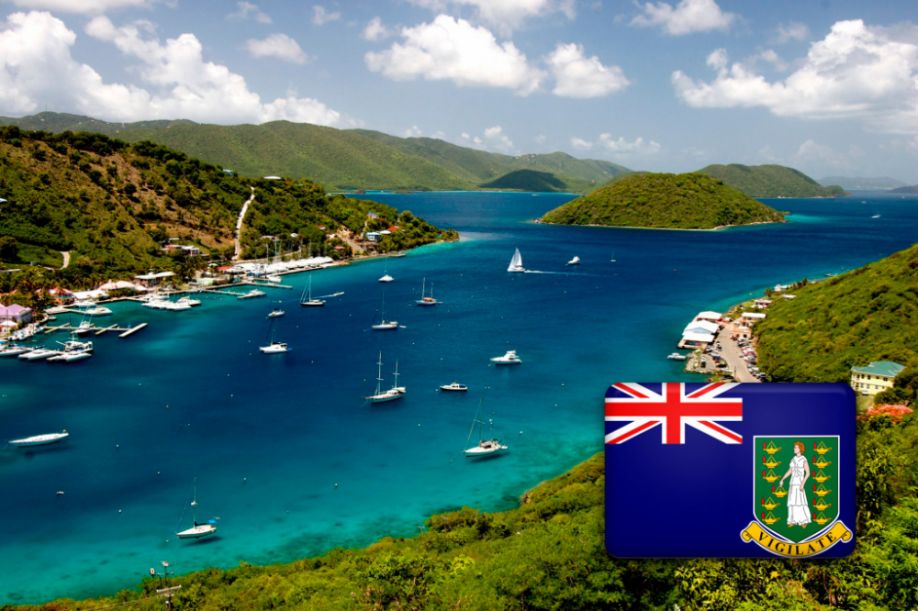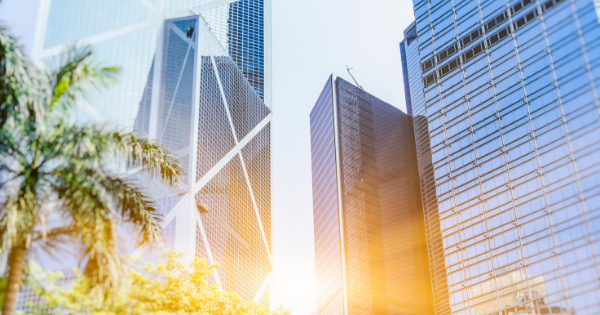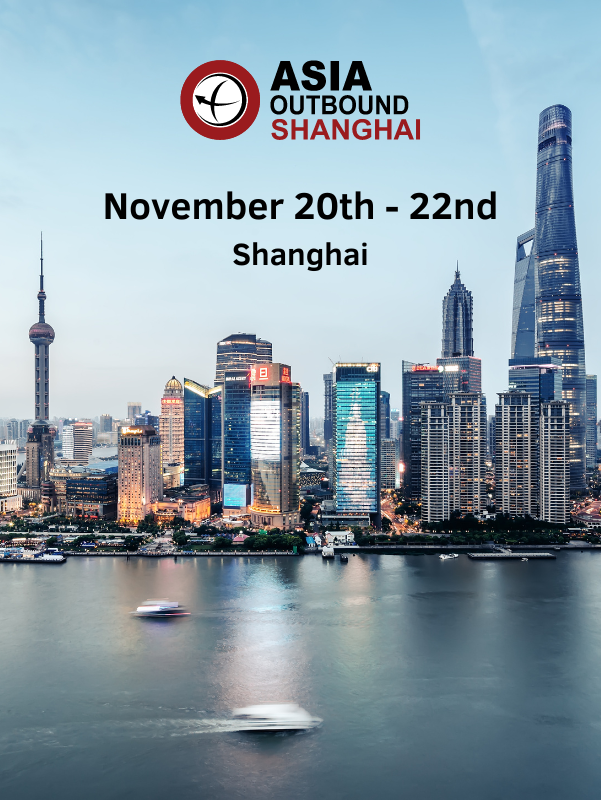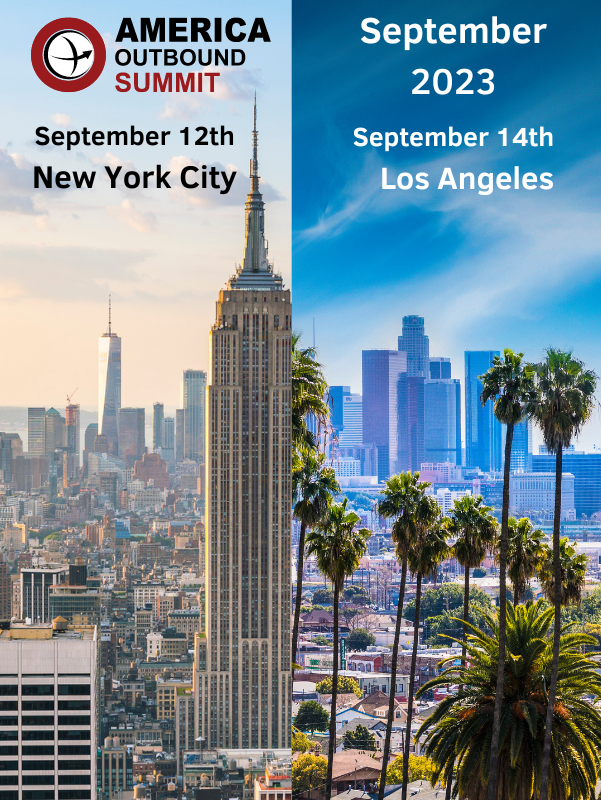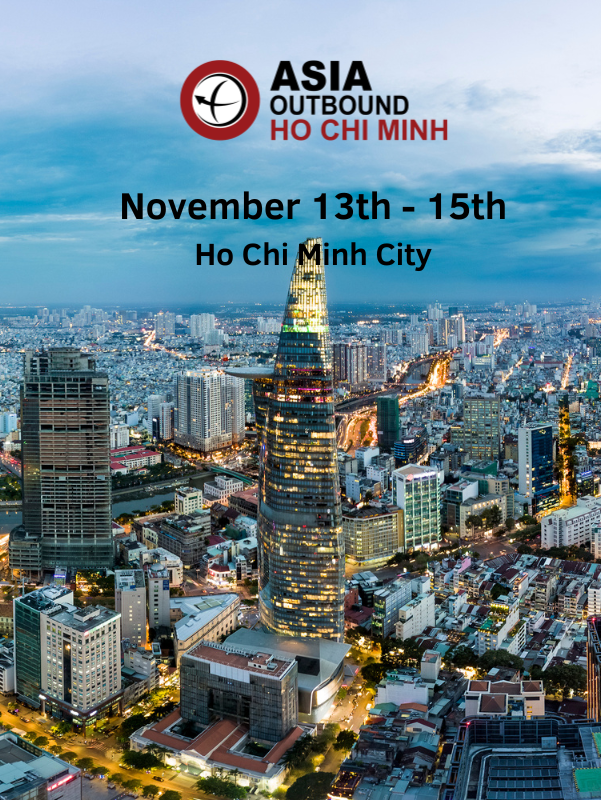Dubai has worked tirelessly to reach the position it holds today as one of the most recognizable cities in the business industry worldwide.
Its undeniable contribution to international trade, regional and global investments, and business related services has granted Dubai its status as the business hub of the Middle East, connecting the whole region with the rest of Asia, Africa and even the Western economies. It is situated on the Arabian Gulf coast of the United Arab Emirates and shares borders with the capital Abu Dhabi in the south, Sharjah in the northeast, and the Sultanate of Oman in the southeast.
The Emirate is the second largest by land area and the most populated of all seven Emirates with a population close to two million. Most of the foreigners residing in the country are based in Dubai.
The local government has produced several diversification plans to steer away from an oil dependent economy and it was so successful in doing so that its implementations were copied to other Emirates with similar aims. Dubai's Gross Domestic Product (GDP) in 2010 reached $81 billion, which represents about a third of the UAE's total GDP, and the majority of its economy is now based on manufacturing, trade, business services, real estate and tourism.
A snapshot of the economy.
As part of the UAE federation, Dubai benefited from its unique location on the trade junction between East and West and has subsequently become a major trading hub for the whole region. Providing international trading businesses with highly developed facilities, sophisticated connectivity, a large number of distributors and logistics firms and all-round easy and efficient business environment, the Emirate is now the world's third largest re-exporting center behind Hong Kong and Singapore. In addition to serving the Middle East and Africa, Dubai is increasingly redirecting products to South and West Asia, which accounted for more than half of its re-export market share last year. Re-exported goods from Dubai during 2010 reached a total value of $39 billion and the city recorded a 44 percent year on year increase during the first quarter of this year, signaling continued growth. With trade levels already topping record figures prior to the global financial crisis, and indeed before the city's 2009 debt problems arose, Dubai's trading sector has shown impressive resilience and shrugged off any expectations of a long lasting negative effect from recent economic woes.
Traditional Arab hospitality and a number of impressive touristic attractions have combined to attract tourists from all over the world to Dubai. Its large scale famous projects such as Burj Khalifa- the tallest building in the world, Burj Al Arab- the luxurious hotel located on its very own mini island in the Arabian Gulf, and the exclusive Palm man made islands have become the city's signature symbols. Recent figures show that despite a global economic slowdown, tourists' appetite to discover Dubai remains strong. According to the Department of Tourism & Commerce Marketing, more than eight million guests were checked in to Dubai hotels and hotel apartments last year. While room occupancy rates were at 70 percent in 2010, they increased to 75 percent in the first half of 2011 alone. The government of Dubai recently reported that over 307,000 flights were recorded at Dubai International Airport during 2010, with passenger movement surpassing a whopping 47 million showcasing this Emirate's natural role as a stop for long distance international flights between Asia, Europe and Africa. The world class Emirates Airline also operates from Dubai.
The still ongoing global economic turmoil, however, has not been as kind to the real estate industry as it has to other economic sectors in the Emirate. The Real Estate Regulatory Authority recently announced that in the past two years some 217 property developments and transactions were axed after a review of 450 such projects in Dubai, noting that a mere 129 projects were actually completed since 2009. Real estate developments worth billions of dollars have been either put on hold or canceled all together as the property sector was probably the hardest hit in the past few years. Transactions in the realty field dropped from $41.6 billion in 2009 to $32.5 billion in 2010, as real estate prices plummeted by as much as 60 percent in some areas. Dubai's current glittering iconic buildings look set to remain unchallenged, at least for the near future.
Dubai International Financial Center (DIFC).
This financial center has been rightly dubbed as a "city within a city" providing businesses and financial institutions with a platform to dip into the region's emerging markets for acquiring fresh capital and exploring investment opportunities. Launched in 2004 and equipped with an independent legislative system, resembling the English Common law, DIFC has enacted its own set of civil and commercial laws as well as separate regulations governing all banking and financial institutions through an independent risk-regulator. Being in complete control of its regulatory environment enabled DIFC to draw firms with a cluster of relaxed and attractive structural guidelines and operational incentives to operate from its facilities.
The geographical distribution of firms registered in the city's financial center represents its true position as a financial gateway between the Western economies and Asia's markets. In the first half of 2011, the number of European and North American establishments in DIFC accounted for 50 percent of its total registered companies, while 44 percent originated from the Middle East and Asia.
Dubai's International Financial Center has contributed almost 3.6 percent of the Emirate's total GDP for 2010, with $2.9 billion (which amounts to almost one percent of the whole country's GDP for that year). In a testament to its growing strength, some of the largest global financial institutions have chosen to set up shop in the center, including 16 of the top 20 banks worldwide, eight of the largest asset managers and four of the world's five largest insurance providers.
In a move that highlights the growing collaboration between Dubai and China, DIFC has just signed a Memorandum of Understanding (MoU) with the Chinese Pudong Financial Services Bureau in Shanghai, on September 13th. The agreement focuses on collaboratively developing the two sides' financial service offerings and on stimulating further cooperation between the UAE and China on a more general scale. As per the MoU, both parties will work on raising awareness among potential investors of the investment opportunities between Shanghai and the Middle East, South Asia and the African continent. This memorandum will no doubt aid financial institutions based in both cities and interested in expanding beyond their respective markets by providing them with a straightforward method of communication and higher efficiency. DIFC is in a unique position to provide Chinese companies looking to tap into the region's vast investment potential with a platform for their business activities.
Jebel Ali Free Trade Zone (Jafza).
Jafza is one of the world's largest and fastest growing free trade zones (FTZ), and is often singled out as the most famous one in the United Arab Emirates. Established 25 years ago, it lies at the far western side of Dubai and is spread over an area of 46 sq. km. From modest beginnings, this widely successful FTZ grew in an inspiring manner to a massive trade and logistics industrial zone. Over the past four years Jafza reported that its contribution to Dubai's GDP was stable at 25 percent annually. During the same period its customer base grew by near 60 percent to reach over 6,400 registered companies from a 110 countries today, including more than 120 of the famed Fortune 500 list. Its importance for the city and the rest of the country has been increasingly cemented over the years, as it now accounts for more than a quarter of Dubai's total trade and about 20 percent of total Foreign Direct Investment (FDI) inflow into the UAE federation.
One of the main reasons behind Jafza's leading role as an essential part of the global trade mechanism is its excellent connectivity. It is built around Jebel Ali Port, the largest man made harbor in the world and one of the top ten container ports globally, with 150 shipping lines serving it. On the other side of the zone, Jafza is connected by air to 200 destinations through Al Maktoum International Airport, which upon full completion is anticipated to be one of the largest cargo airports worldwide. This ideal location between two of the most highly advanced and vibrant air and sea ports along with an extensive network of roads linking both of them by land is what makes Jafza one of the most efficient sea-air hubs in the region. Ongoing development of the zone and the area surrounding it is expected to help shorten the time required for goods to be transported from seaport to cargo aircraft to just twenty minutes.
The simple online registration process for setting up a presence in Jafza offers interested parties a choice of three types of companies; a resident company in the form of either a Free Zone Establishment or a Free Zone Company, a Branch Company of a business licensed abroad, and a Special Status Non-Resident Offshore Company. The offshore formation system was introduced to Jafza in 2003 and has since then become popular among companies intending to utilize Dubai as a manufacturing and distribution center for their regional or global sales. Businesses can then apply to one of five types of business licenses spanning the common activities of trade,
Services providing and industrial manufacturing.
Businesses opting for an offshore structure in Jafza can make use of its excellent infrastructure with ready built offices and warehouses while enjoying a string of operational incentives starting with tax exemptions and freedom of capital and profit movement. Whereas the usual Emirati law requires a foreign company to seek local partners if it wishes to open an office in the country, Jafza allows for full foreign ownership. Such an establishment would not face any restrictions on number of foreign employees or on currency conversions. In line with Jafza's commitment to providing international corporations with minimal bureaucracy, it has introduced 120 online eServices through its Dubai Trade portal. With these services customers can easily manage all documentation including visas and employee paperwork, generate statements of account, and even settle payments against its invoices by way of online payment options.
During 2010 Jafza built on its previous growth, generating trade worth more than $60 billion through all its enterprises. It also recorded 480 new company registrations last year as many corporations aimed to benefit from Jafza's business encouraging environment. India registered the largest number of new overseas applicants joining the free zone with 47, followed by the UK with 37, the US at 29, Germany with 18 and China with 17. More Fortune 500 companies were among those newly established entities, including China's Petrochina International. Other Chinese firms already operating from Jafza include major players such as China National Petroleum Corporation Middle East, China Railway Engineering Middle East, and Haier. Officials expect more Chinese firms to register in the coming years as China's businesses expand their foothold in Dubai, the UAE and the region in general.
At the heart of China's growing Middle East presence.
One of the biggest trading outlets for Chinese products outside of China is located in a desert area right near Dubai. The dragon like structure is a massive mall consisting of nearly 4,000 wholesalers and retail stores selling a wide collection of Chinese products from electronics to heavy building materials and equipments. Stretching across 1.2 km, the Dragon mall is considered China's primary trade outlet in the Gulf, and a symbol of the two countries' deepening business relations.
The government of Dubai's investment arm, Dubai World, recently reported that trade levels between the Emirate and China during 2010 were up by seven percent from the previous year, reaching $12.5 billion. Such a localized trading volume is proving to be yet another motive for Chinese companies to explore potential opportunities in a city that is constantly ranked as the top investment and business services center in its wider region.
With Chinese outbound tourists expected to reach a new record of 65 million by the end of 2011, poised to spend as much as $55 billion, Dubai is working towards becoming a destination of choice not just for China's big businesses but for its increasingly travel-hungry citizens as well. With its towering monuments and luxurious touristic appeal, the Emirate is well equipped to do so.
Offering unrivaled financial, logistical, trade, and day to day operational services along with a unique geographical location, Dubai is bound to attract even more businesses to its facilities in the coming years. It must, however, learn from its 2009 debt related hiccup which required neighboring Abu Dhabi's financial assistance. A recurrence of such a situation will likely be twice as hard to recover from. Investor confidence is something the Emirate can ill afford to test twice.








